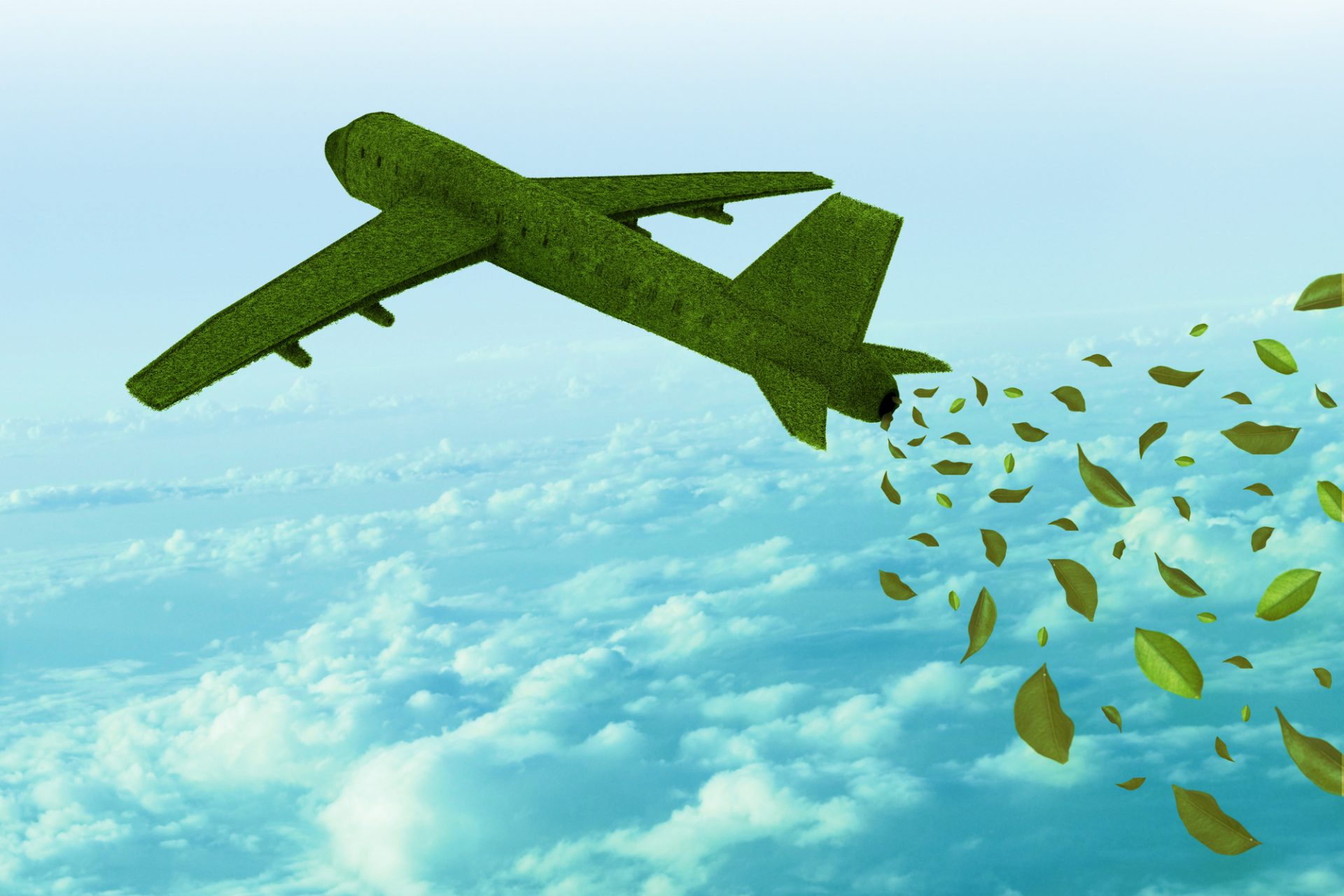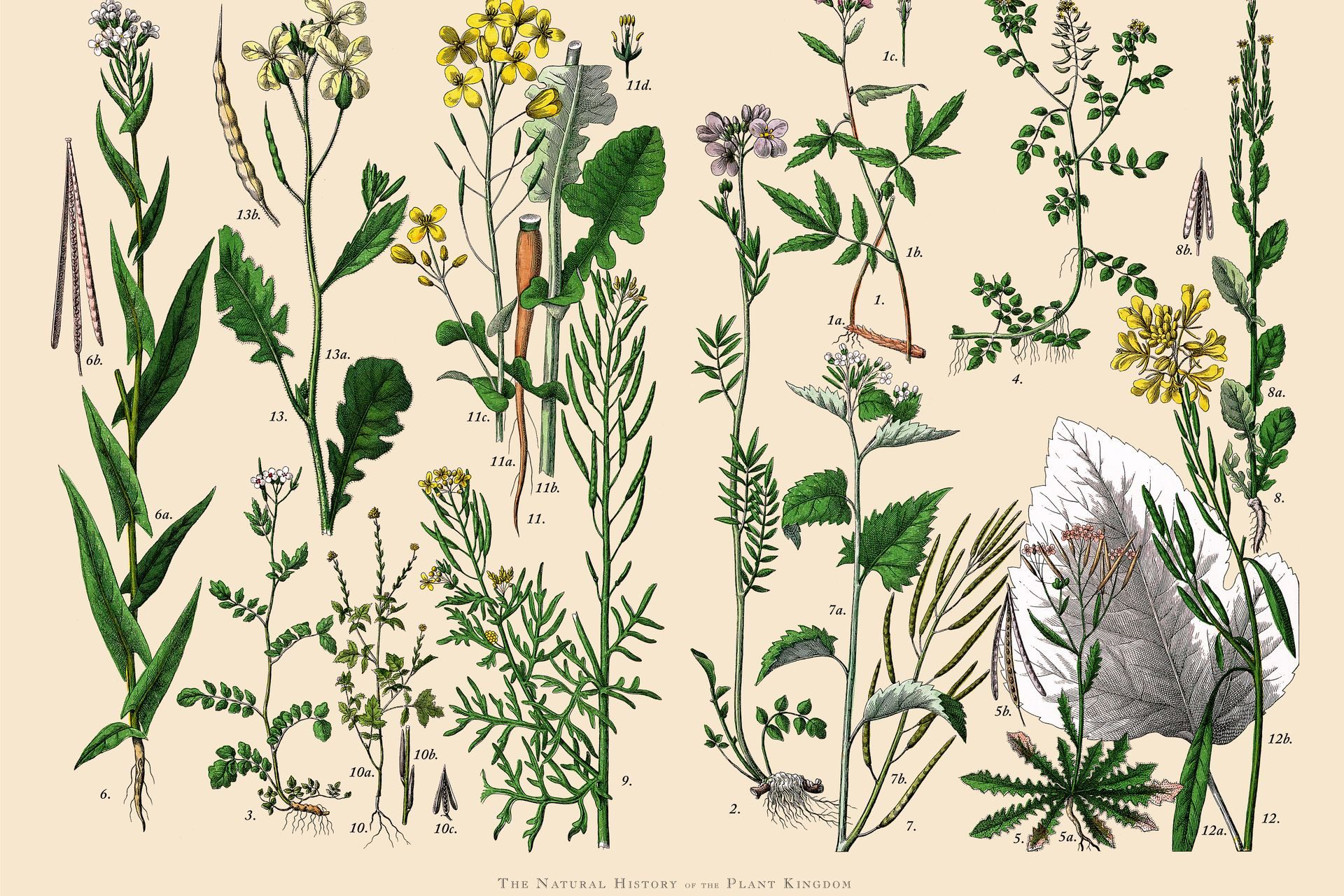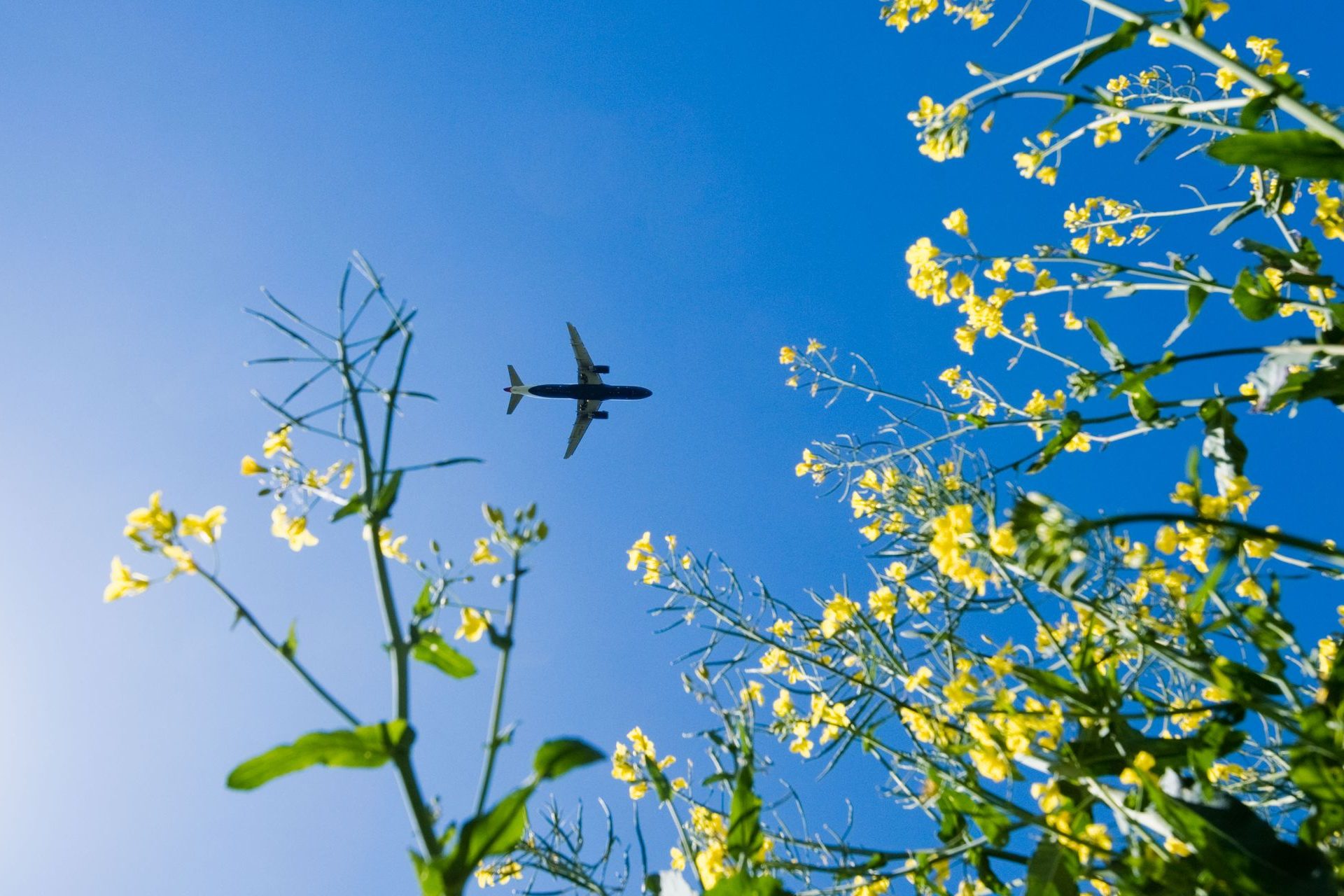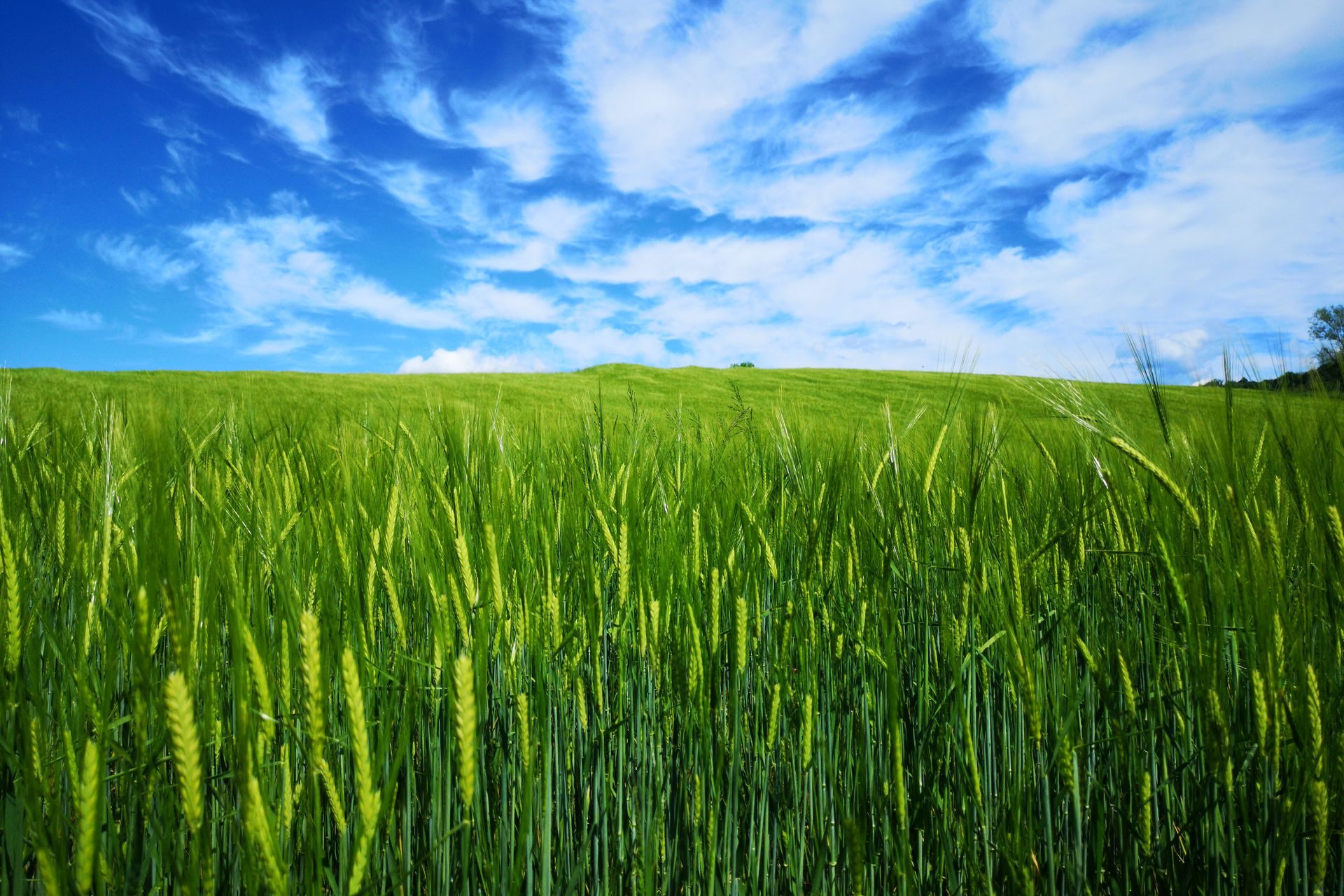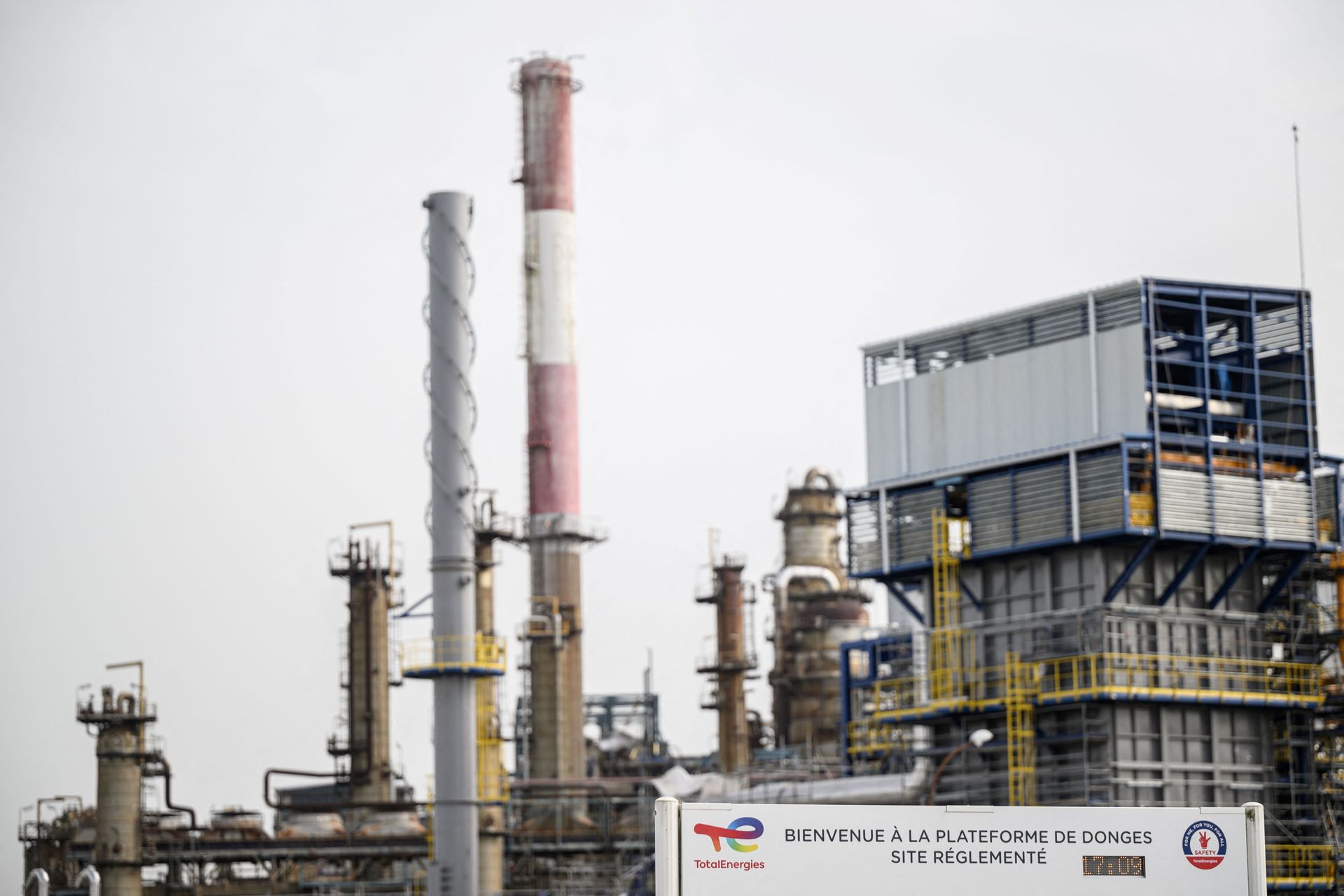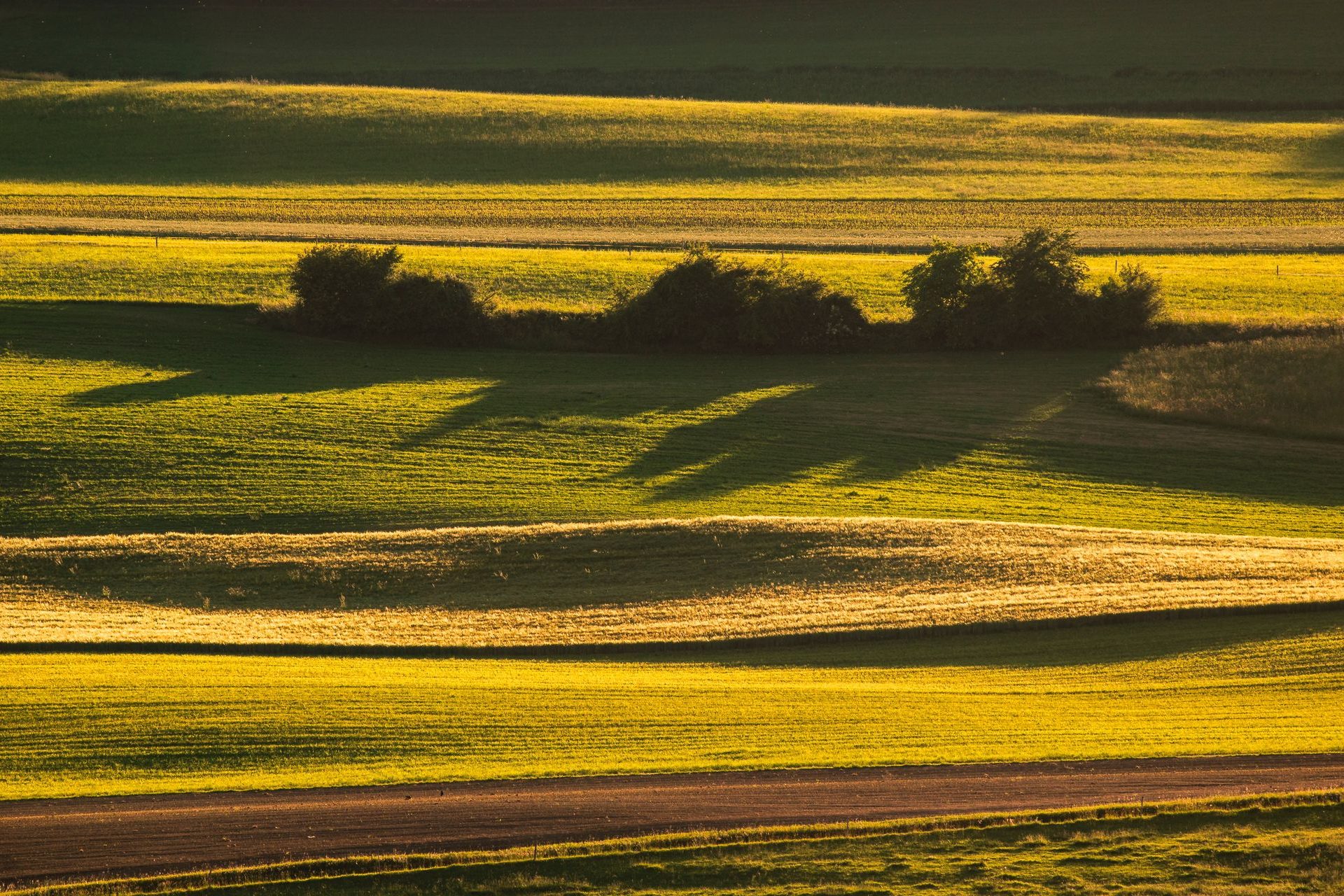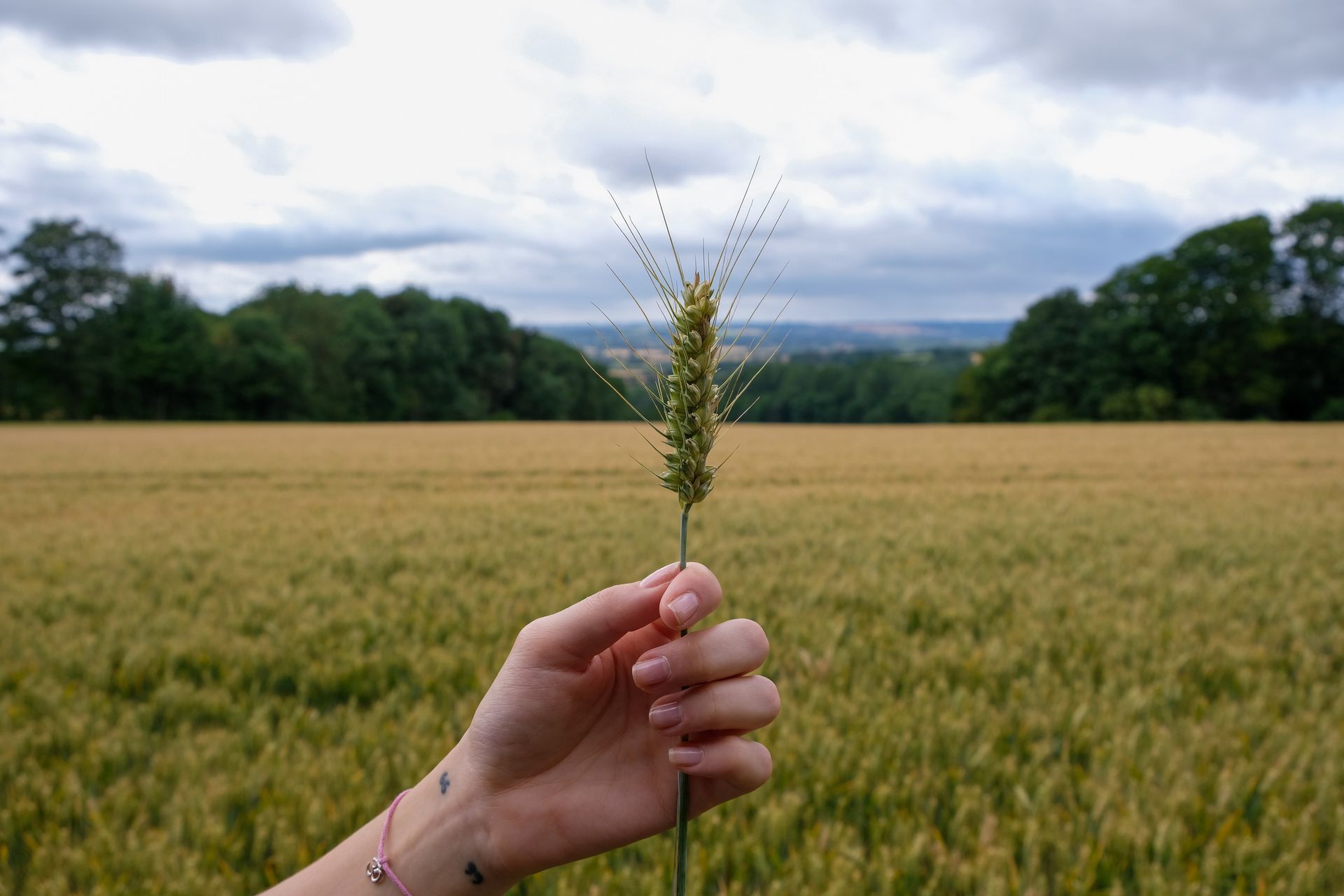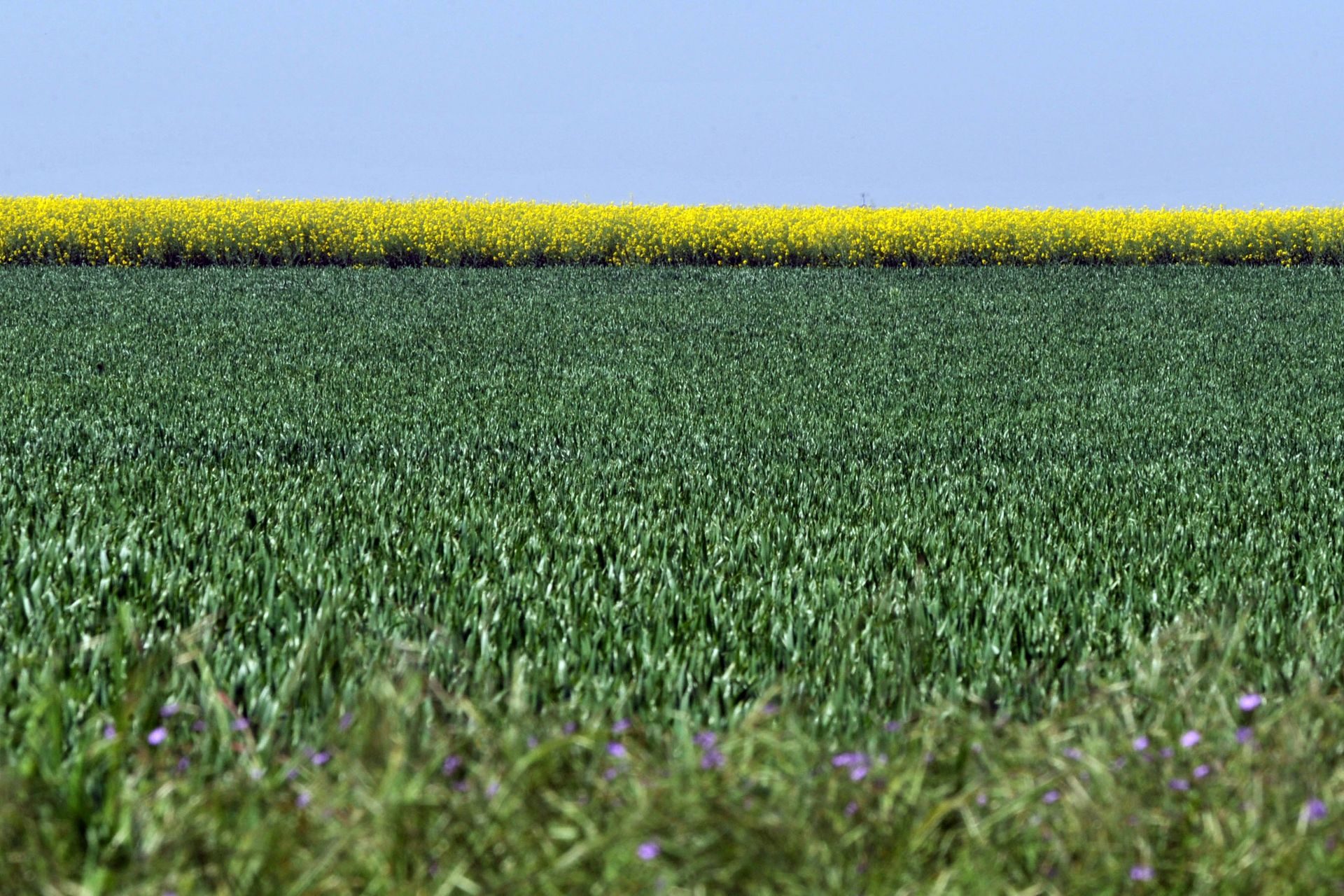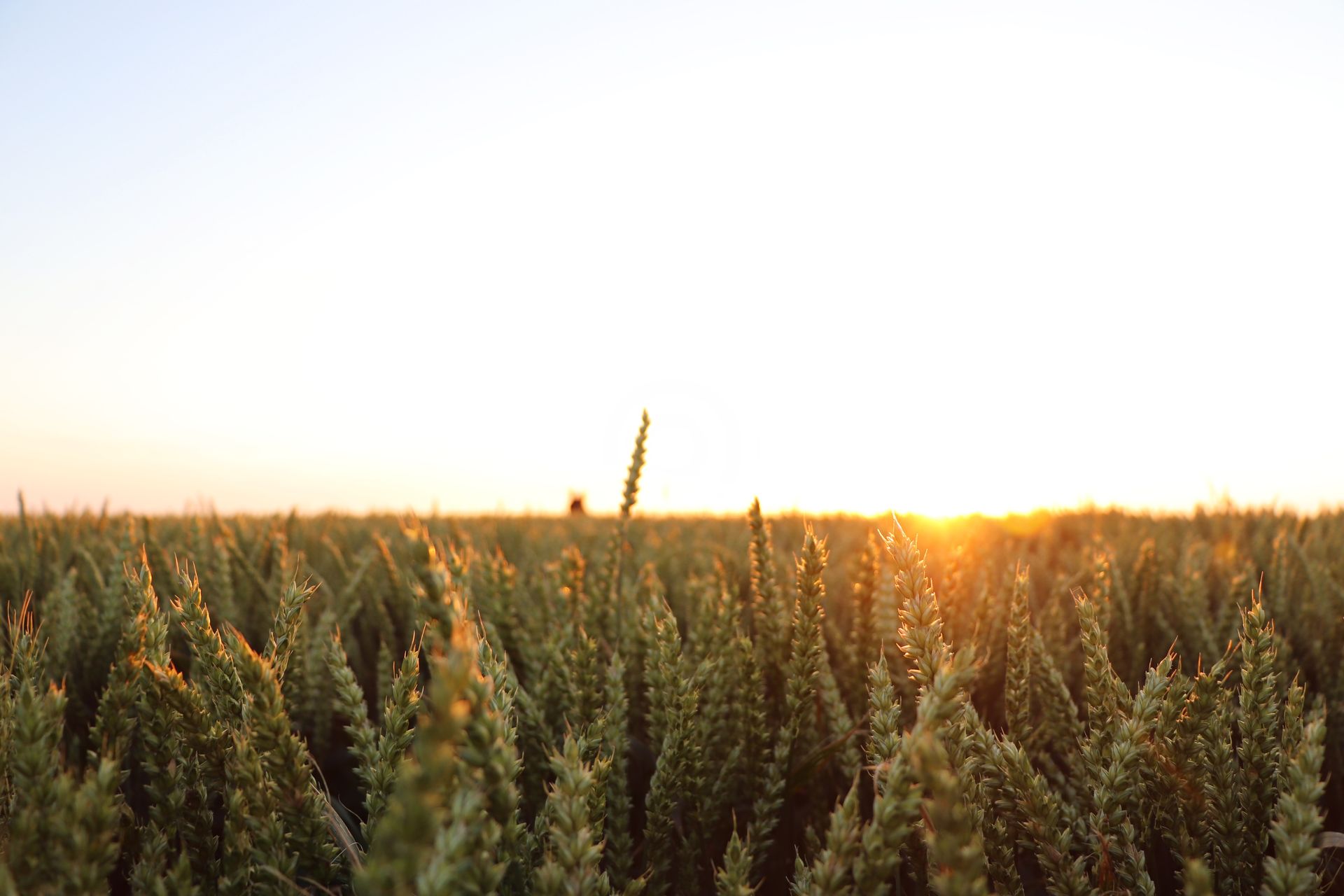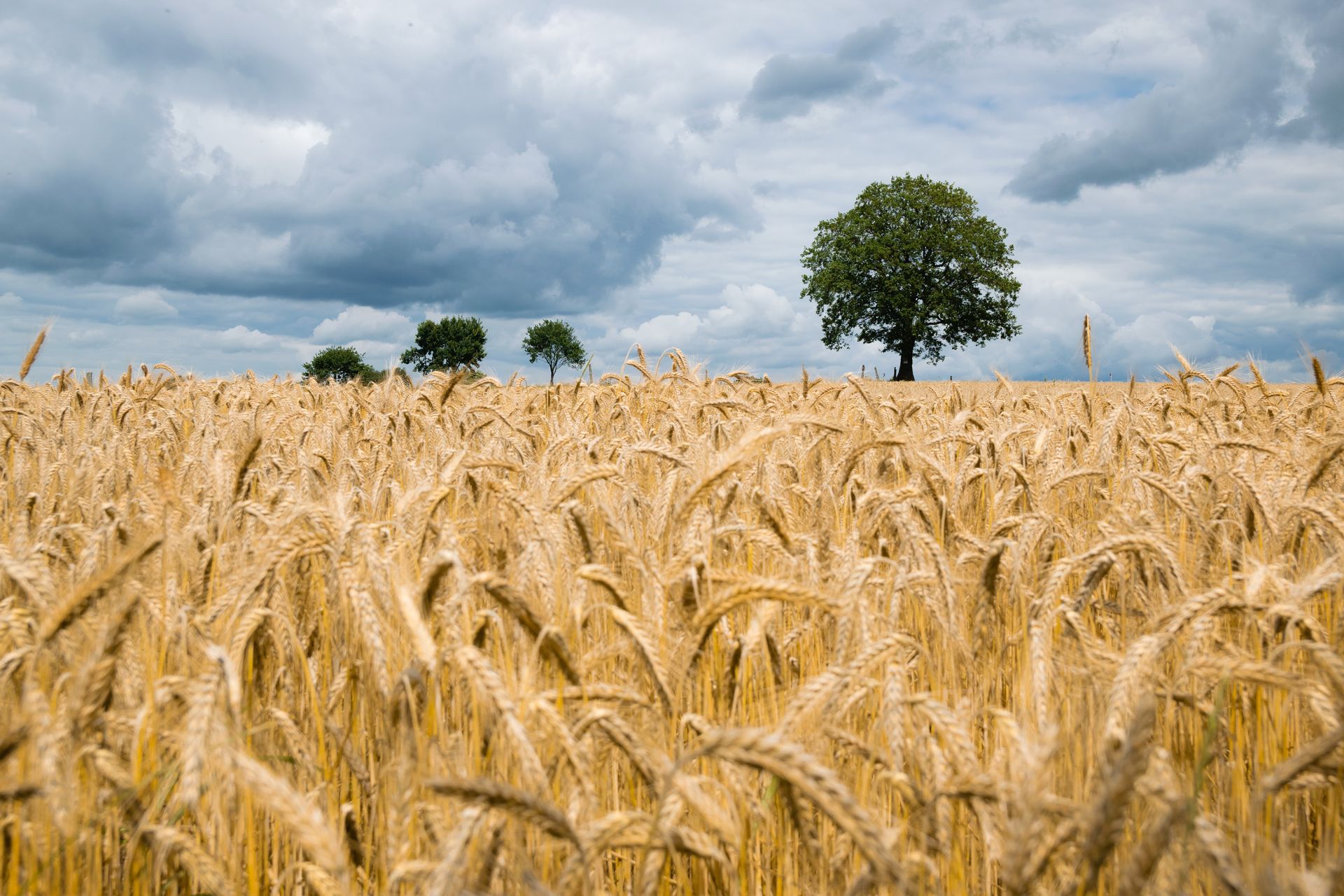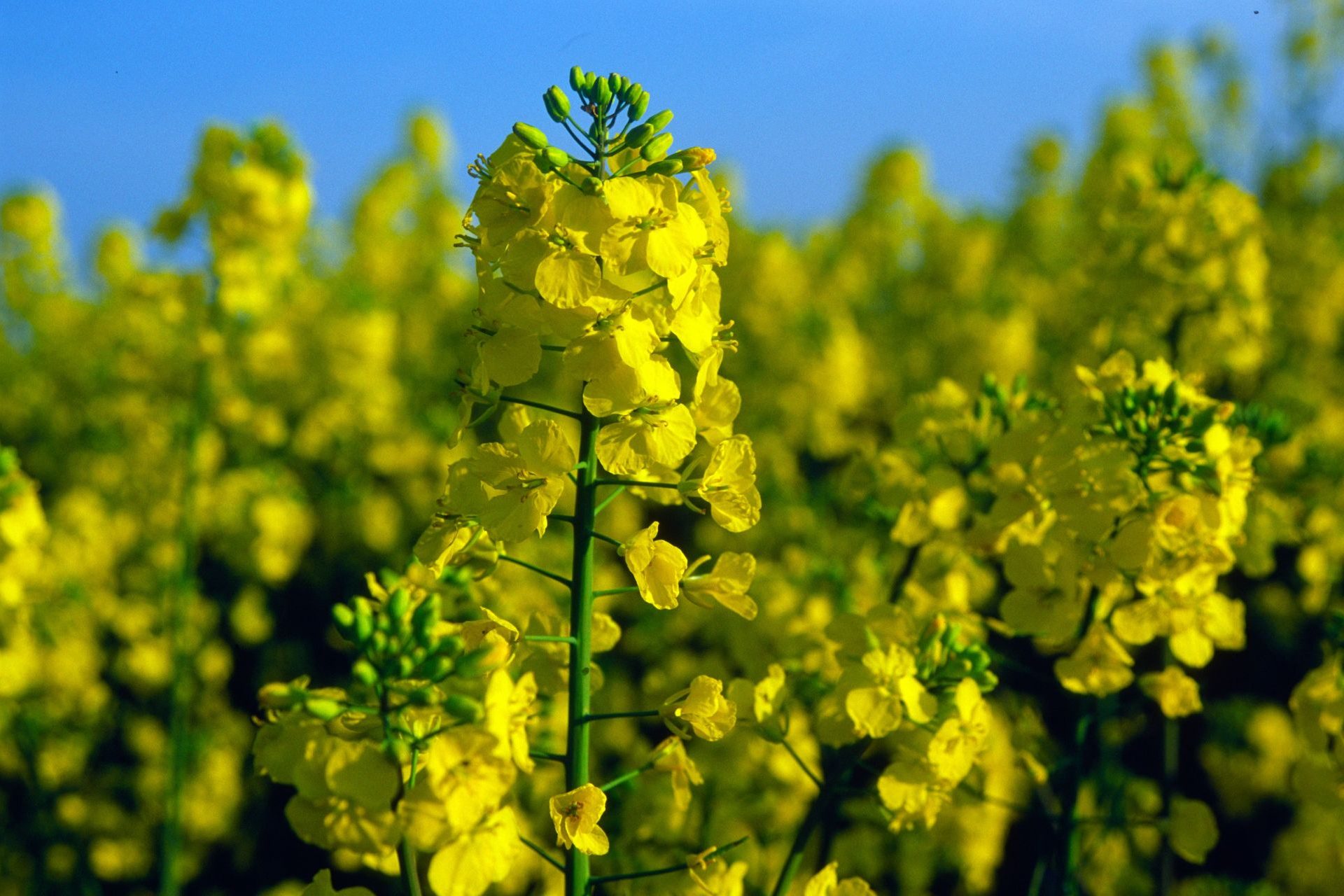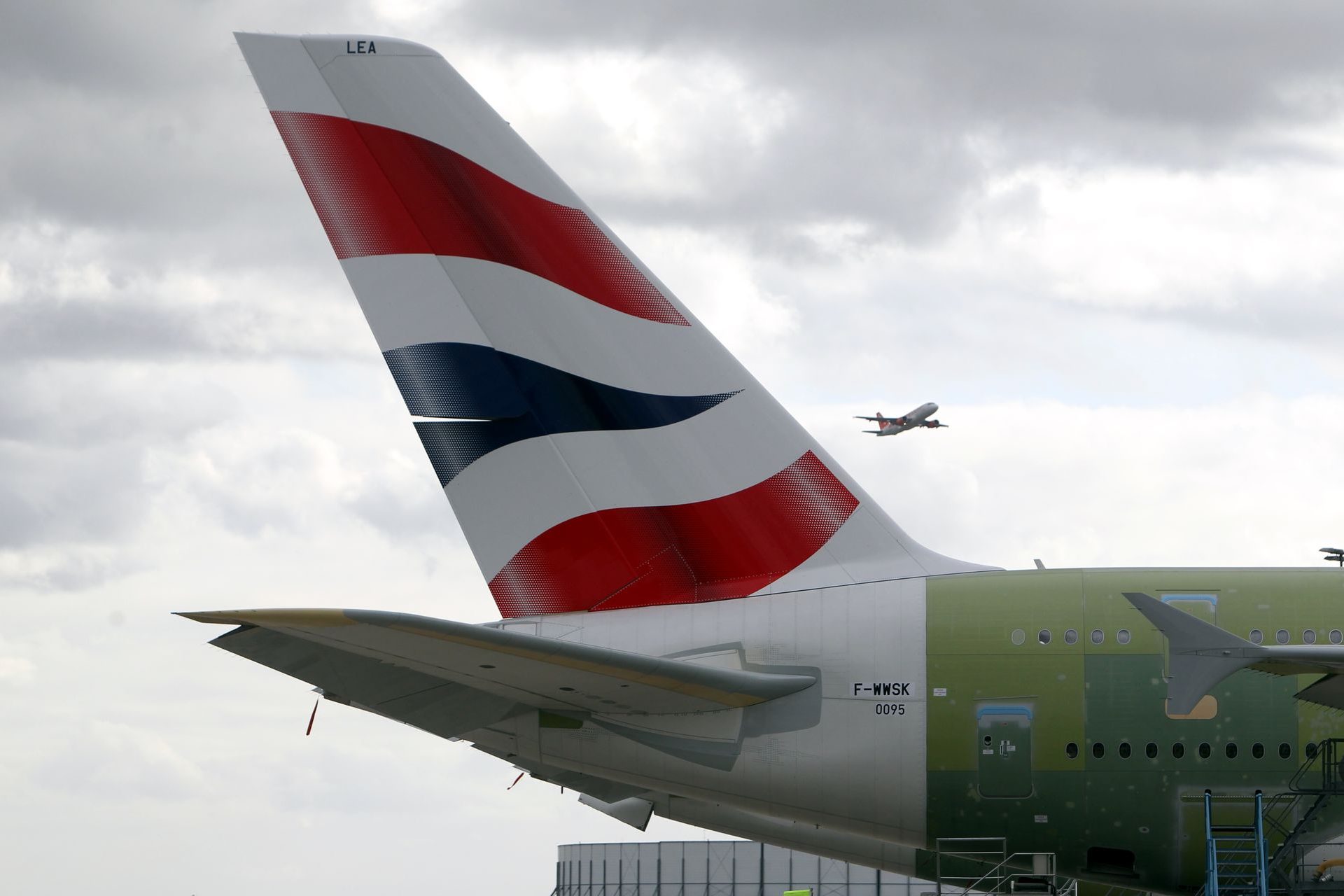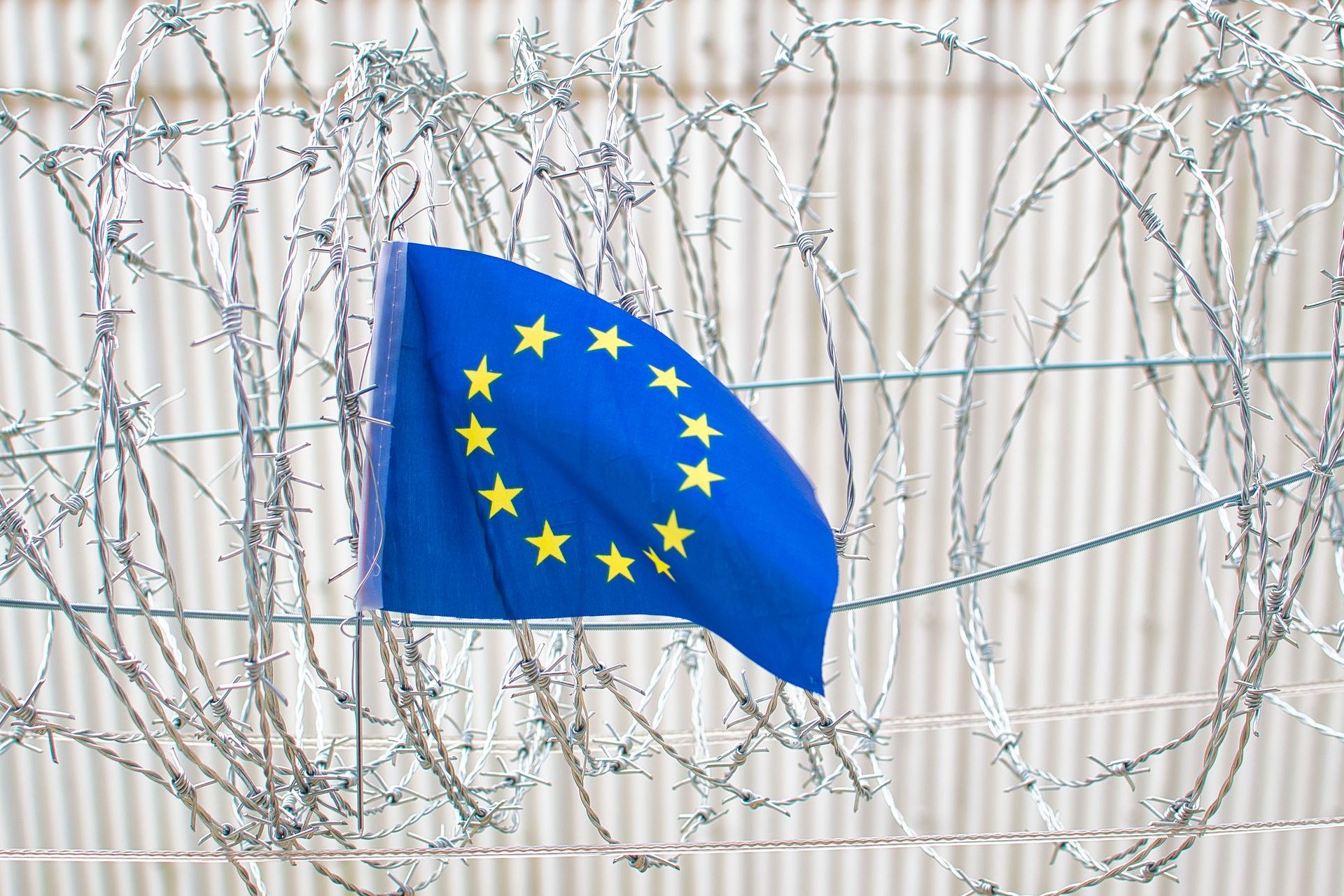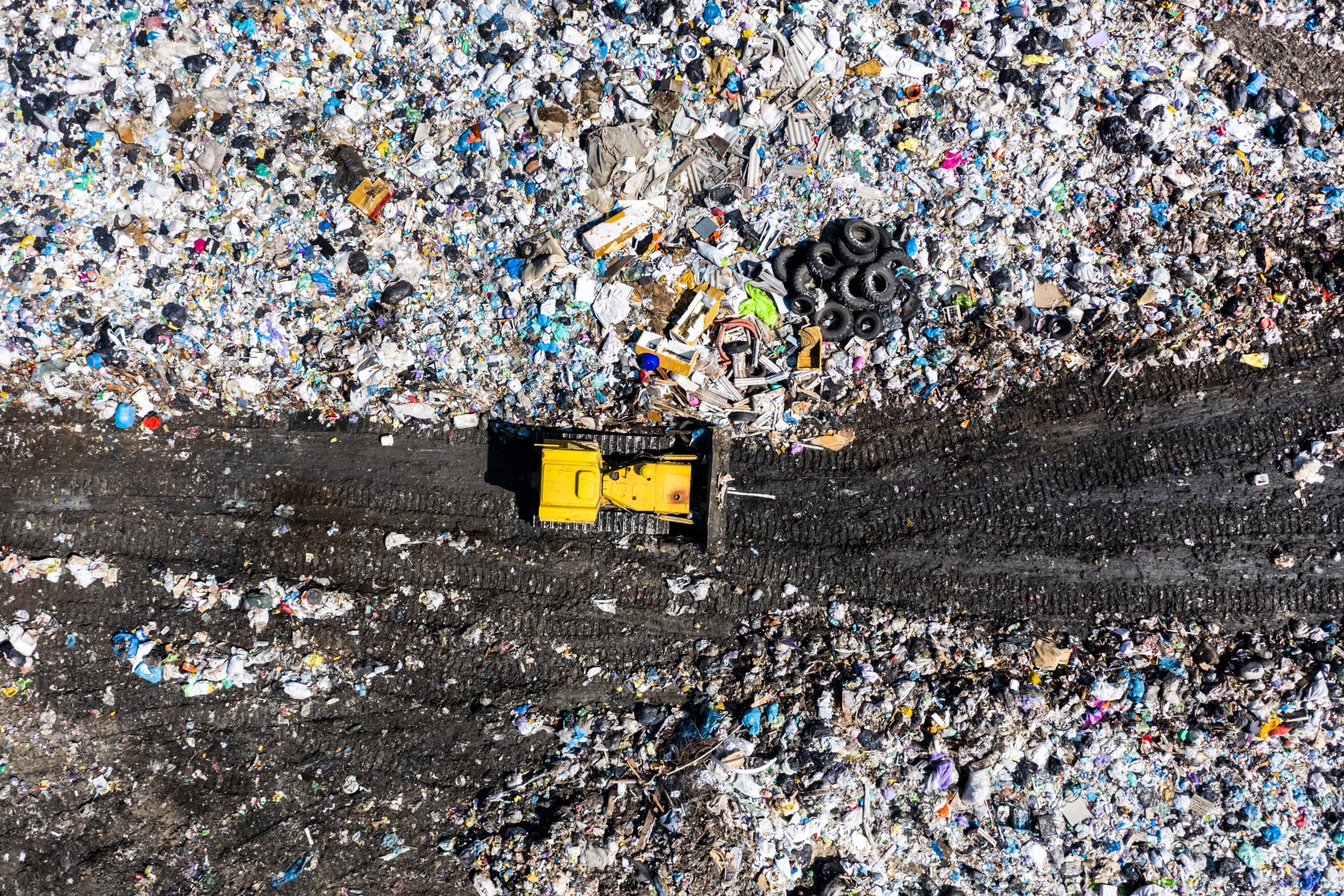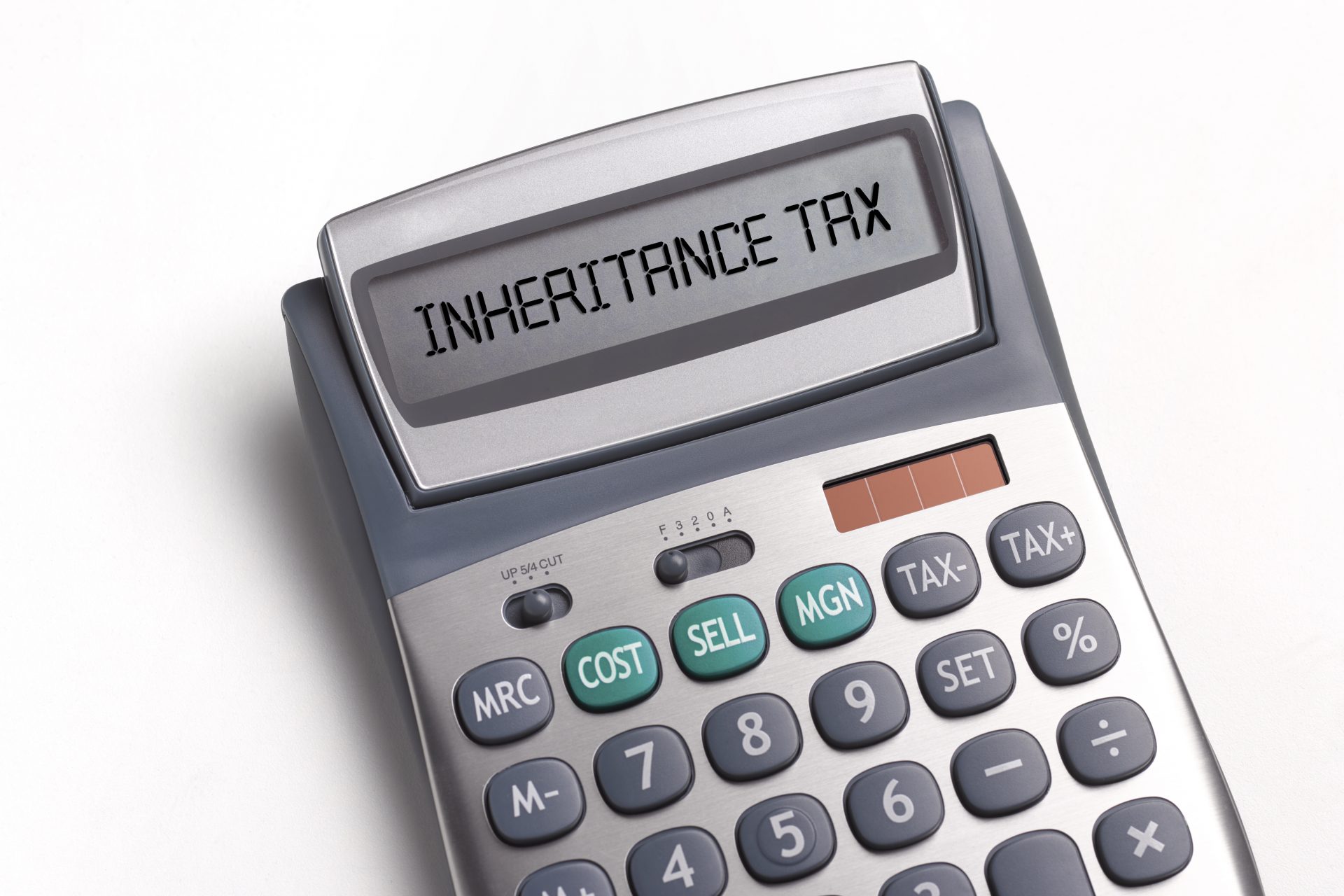This common plant will help make aviation fuel green
Camelina sativa is a common plant, whose oilseed, related to rapeseed, is raising great hopes for the future of sustainable aviation fuel (SAF).
Camelina stems have small green balls housing seeds, from which 36% of oil can be extracted.
Once processed, this oil can be mixed with kerosene to produce biofuel that can be used for planes.
Sustainable aviation fuel (SAF), made from non-petroleum feedstocks, like camelina, is an alternative fuel that reduces emissions from air transportation. SAF can be blended at different levels with limits of 10% to 50%, depending on the feedstock and how the fuel is produced.
@Martin Oslic / Unsplash
The oil then has to be refined and transformed into biokerosene by an oil refiner.
According to the industry coalition Sustainable Aviation, the carbon footprint of flights with SAF could be reduced by 80 to 86%.
According to the International Civil Aviation Organization (ICAO), over 360,000 commercial flights have used SAF at 46 different airports largely concentrated in the United States and Europe.
@Jan Huber / Unsplash
The international aviation industry has set an aspirational goal to reach net zero carbon by 2050. SAF presents the best near-term opportunity to meet these goals, experts say.
@Steve Barker / Unsplash
In 2022, the European Civil Aviation Conference (ECAC) entered into a cooperation for a map on sustainable aviation fuels in Europe depicting national regulatory measures as well as the status of sustainable aviation fuel use at specific airports.
Norway and Sweden are leading the way in Europe when it comes to sustainable aviation fuel (SAF), according to Eurocontrol.
Other pioneer European countries in the use of SAF are France, Germany, the Netherlands and Spain.
@Ruben Van Wijngaarden / Unsplash
In Europe, it is expected that, from 2025 onwards, aviation fuel must include 2% SAF.
@Kai Pilger / Unsplash
In the US, American Airlines has signed a memorandum of understanding with Yield10 Bioscience to develop camelina as a low-carbon feedstock for sustainable aviation fuel (SAF), aviation week network reported.
Moreover, a group of researchers, using a $12.8 million grant from the U.S. Department of Energy (DOE), are exploring how camelina could be genetically modified to produce higher overall quantities of a specialty seed oil.
But besides SAF, the aviation industry has to take other actions to decarbonize, such as fleet renewal, disruptive propulsion technologies, operational efficiency, and carbon offsetting, according to McKinsey.
@Marcus Woodbridge / Unsplash
Worldwide, aviation accounts for 2% of all human-caused carbon dioxide (CO2) emissions and 12% of all transportation CO2 emissions, per the Alternative Fuels Data Center.
More for you
Top Stories



